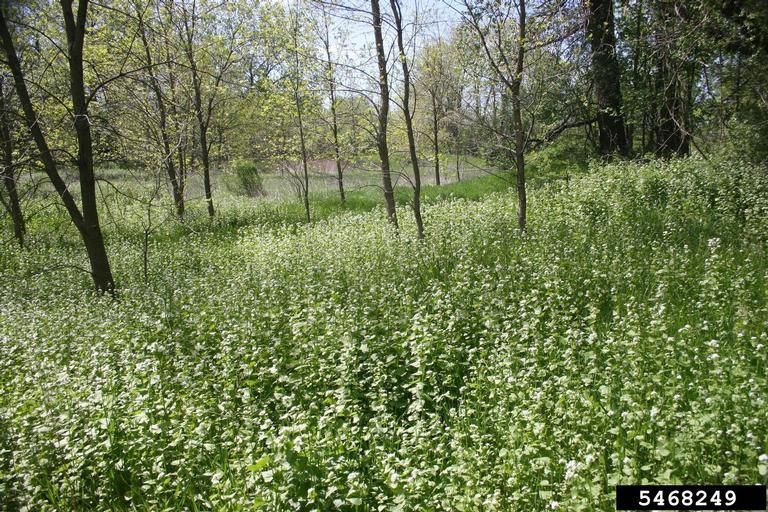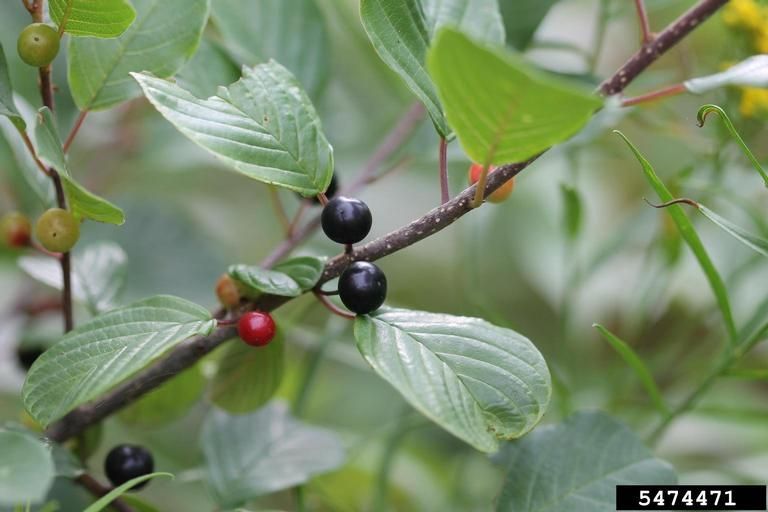OTG Volunteers Needed: Invasive Species Removal at Gourdneck State Game Area
MUCC’s On the Ground program is once again partnering with the City of Portage Parks and Recreation , and we need your help! We will be at Gourdneck State Game Area in Kalamazoo County on Saturday, August 3, 2024, from 9 AM – 12 PM removing invasive species. All ages are welcome to attend, so invite your family and friends to join us! For more details and to register, click HERE.
About the Project
During this event, glossy buckthorn will be removed as well as other invasive plants. These plants grow out of control and outcompete native species for resources. Closed-toe and waterproof footwear is recommended for this project, although waders or waterproof pants would also be a good choice. Snacks and water will be provided throughout the day. This event will take place rain or shine except in the case of severe weather so please plan and dress accordingly. All registered volunteers will receive lunch and a free volunteer appreciation gift for their efforts. Any necessary equipment including loppers and work gloves will also be provided.
Why is it Important?
According to the USDA National Invasive Species Information Center, an invasive species is one that is “non-native (or alien) to the ecosystem under consideration, AND whose introduction causes or is likely to cause economic or environmental harm or harm to human health”. It’s important to note that non-native and invasive are not the same thing! Non-native species are those that do not occur naturally in an area. Invasive species are both non-native AND pose harm to the environment, economy, or human health. A species that is simply non-native and not invasive is nothing to be concerned about.
Eradicating invasive species like glossy buckthorn is important because it helps mitigate the harm they cause to the environment. Many invasive plants can grow quickly and overtake an area, which degrades the surrounding habitat. Mile-a-minute weed is covered with curved thorns and can crawl upwards, choking the surrounding trees. Garlic mustard produces allelopathic compounds in its root system that limit seed germination in other native plant species. European frog-bit forms large dense mats on top of the water which reduces sunlight for aquatic plants and organisms.

More Information on Glossy Buckthorn
Glossy buckthorn is a small tree or shrub that can grow up to 18 feet tall. It is native to Europe and Asia and can be found in wetland areas as well as along roadsides, fence rows, and pastures. Its leaves are simple and alternately arranged, with a shiny coloring. This plant blooms from late May through September, and the flowers are tiny and clustered at the base of the leaves. Glossy buckthorn also has pea-sized fruit from June to September. This fruit ripens from green to red, then to dark purple. One distinctive feature of this plant is its inner bark, which is an orange color.
Glossy buckthorn’s dense leaves and ability to grow quickly allow it to outcompete native plants for sunlight, moisture, and other resources. It is commonly found in prairie fens and other important wetland communities. These wetlands are home to many threatened or endangered species in Michigan, like the eastern box turtle and the eastern massasauga rattlesnake. This plant is also an alternate host for alfalfa mosaic virus and crown fungus, which causes oat rust disease.

Learn More
Want to stay up to date and see where On the Ground is going next? Visit mucc.org/on-the-ground for more information. We have several events planned in September, and we would love to have you join us! Come out and help improve wildlife habitat on Michigan’s public lands today.
The post OTG Volunteers Needed: Invasive Species Removal at Gourdneck State Game Area appeared first on Michigan United Conservation Clubs.



